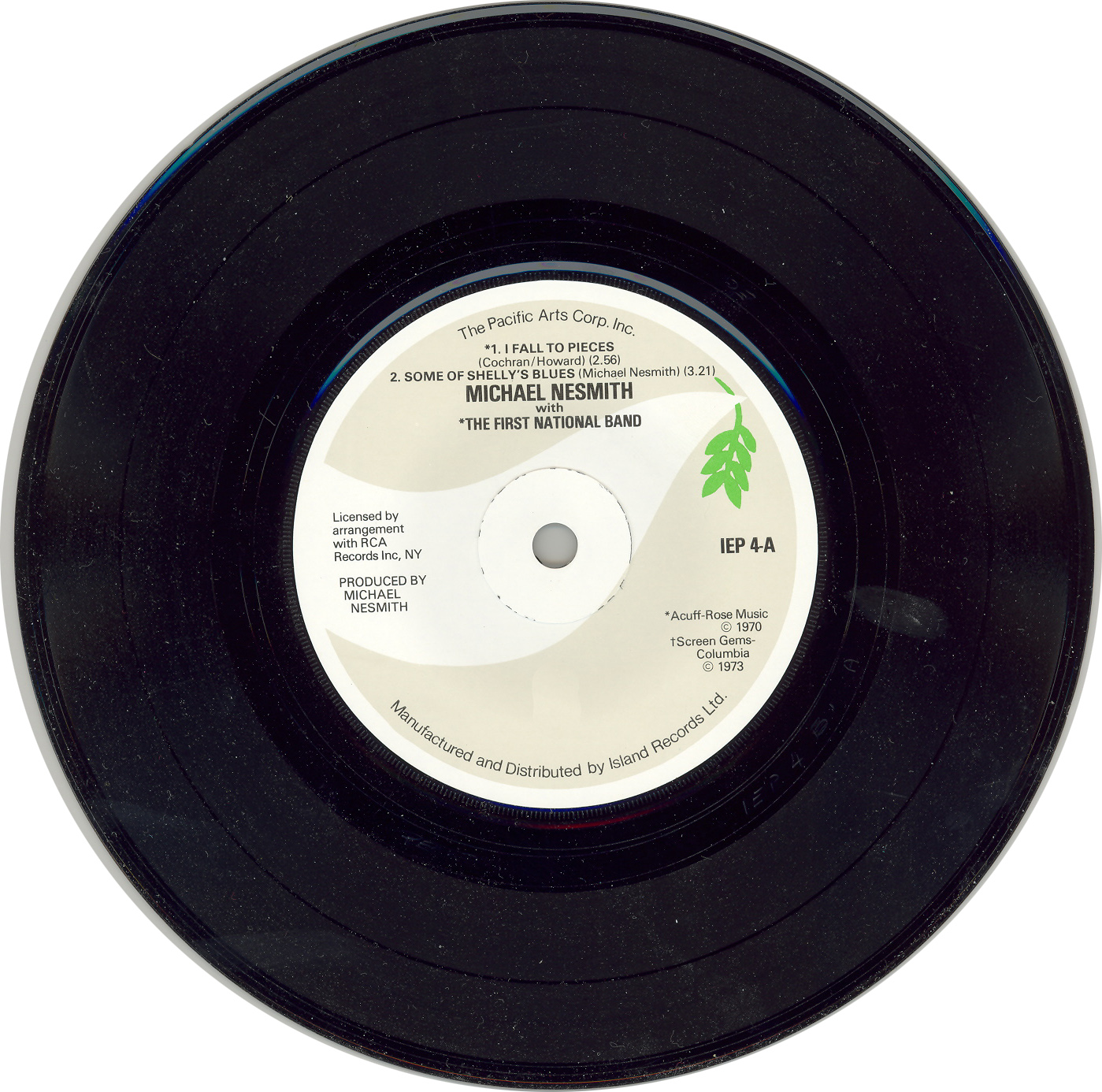|
Plasticizers
A plasticizer (British English, UK: plasticiser) is a substance that is added to a material to make it softer and more flexible, to increase its plasticity (physics), plasticity, to decrease its viscosity, and/or to decrease friction during its handling in manufacture. Plasticizers are commonly added to polymers and plastics such as PVC, either to facilitate the handling of the raw material during fabrication, or to meet the demands of the end product's application. Plasticizers are especially key to the usability of polyvinyl chloride (PVC), the third most widely used plastic. In the absence of plasticizers, PVC is hard and brittle; with plasticizers, it is suitable for products such as vinyl siding, Roofing material, roofing, Vinyl flooring (other), vinyl flooring, rain gutters, plumbing, and electric wire insulation/coating. Plasticizers are also often added to concrete formulations to make them more workable and fluid for pouring, thus allowing the water contents to ... [...More Info...] [...Related Items...] OR: [Wikipedia] [Google] [Baidu] |
Polyvinyl Chloride
Polyvinyl chloride (alternatively: poly(vinyl chloride), colloquial: vinyl or polyvinyl; abbreviated: PVC) is the world's third-most widely produced synthetic polymer of plastic (after polyethylene and polypropylene). About 40 million tons of PVC are produced each year. PVC comes in rigid (sometimes abbreviated as RPVC) and flexible forms. Rigid PVC is used in construction for pipes, doors and windows. It is also used in making plastic bottles, packaging, and bank or membership cards. Adding plasticizers makes PVC softer and more flexible. It is used in plumbing, electrical cable insulation, flooring, signage, phonograph records, inflatable products, and in rubber substitutes. With cotton or linen, it is used in the production of canvas. Polyvinyl chloride is a white, brittle solid. It is soluble in ketones, chlorinated solvents, dimethylformamide, THF and DMAc. Discovery PVC was synthesized in 1872 by German chemist Eugen Baumann after extended investigation and experimenta ... [...More Info...] [...Related Items...] OR: [Wikipedia] [Google] [Baidu] |
Phthalate
Phthalates ( ), or phthalate esters, are esters of phthalic acid. They are mainly used as plasticizers, i.e., substances added to plastics to increase their flexibility, transparency, durability, and longevity. They are used primarily to soften polyvinyl chloride (PVC). While phthalates are commonly used as plasticizers, not all plasticizers are phthalates. The two terms are specific, unique, and not used interchangeably. Lower-molecular-weight phthalates are typically replaced in many products in the United States, Canada, and European Union over health concerns. They are being replaced by higher molecular-weight phthalates as well as non-phthalic plasticizers. Phthalates are commonly ingested in small quantities via the diet. One of the most commonly known phthalates is bis(2-ethylhexyl) phthalate (DEHP). In many countries, DEHP is regulated as a toxin, and is banned from use in broad categories of consumer goods, such as cosmetics, children's toys, medical devices, and fo ... [...More Info...] [...Related Items...] OR: [Wikipedia] [Google] [Baidu] |
Polymer
A polymer () is a chemical substance, substance or material that consists of very large molecules, or macromolecules, that are constituted by many repeat unit, repeating subunits derived from one or more species of monomers. Due to their broad spectrum of properties, both synthetic and natural polymers play essential and ubiquitous roles in everyday life. Polymers range from familiar synthetic plastics such as polystyrene to natural biopolymers such as DNA and proteins that are fundamental to biological structure and function. Polymers, both natural and synthetic, are created via polymerization of many small molecules, known as monomers. Their consequently large molecular mass, relative to small molecule compound (chemistry), compounds, produces unique physical property, physical properties including toughness, high rubber elasticity, elasticity, viscoelasticity, and a tendency to form Amorphous solid, amorphous and crystallization of polymers, semicrystalline structures rath ... [...More Info...] [...Related Items...] OR: [Wikipedia] [Google] [Baidu] |
Concrete
Concrete is a composite material composed of aggregate bound together with a fluid cement that cures to a solid over time. It is the second-most-used substance (after water), the most–widely used building material, and the most-manufactured material in the world. When aggregate is mixed with dry Portland cement and water, the mixture forms a fluid slurry that can be poured and molded into shape. The cement reacts with the water through a process called hydration, which hardens it after several hours to form a solid matrix that binds the materials together into a durable stone-like material with various uses. This time allows concrete to not only be cast in forms, but also to have a variety of tooled processes performed. The hydration process is exothermic, which means that ambient temperature plays a significant role in how long it takes concrete to set. Often, additives (such as pozzolans or superplasticizers) are included in the mixture to improve the physical prop ... [...More Info...] [...Related Items...] OR: [Wikipedia] [Google] [Baidu] |
Cellulose
Cellulose is an organic compound with the chemical formula, formula , a polysaccharide consisting of a linear chain of several hundred to many thousands of glycosidic bond, β(1→4) linked glucose, D-glucose units. Cellulose is an important structural component of the primary cell wall of green plants, many forms of algae and the oomycetes. Some species of bacteria secrete it to form biofilms. Cellulose is the most abundant biopolymer, organic polymer on Earth. The cellulose content of cotton fibre is 90%, that of wood is 40–50%, and that of dried hemp is approximately 57%. Cellulose is mainly used to produce paperboard and paper. Smaller quantities are converted into a wide variety of derivative products such as cellophane and rayon. Conversion of cellulose from energy crops into biofuels such as cellulosic ethanol is under development as a renewable fuel source. Cellulose for industrial use is mainly obtained from wood pulp and cotton. Cellulose is also greatly affected by ... [...More Info...] [...Related Items...] OR: [Wikipedia] [Google] [Baidu] |
EP 2017 Plasticiser Market Trends
An extended play (EP) is a musical recording that contains more tracks than a single but fewer than an album. Contemporary EPs generally contain up to eight tracks and have a playing time of 15 to 30 minutes. An EP is usually less cohesive than an album and more "non-committal". An extended play (EP) originally referred to a specific type of 45 rpm phonograph record other than 78 rpm standard play (SP) and 33 rpm long play (LP), but , also applies to mid-length CDs and downloads. EPs are considered "less expensive and less time-consuming" for an artist to produce than an album, and have long been popular with punk and indie bands. In K-pop and J-pop, they are usually referred to as mini-albums. Background History EPs were released in various sizes in different eras. The earliest multi-track records, issued around 1919 by Grey Gull Records, were vertically cut 78 rpm discs known as "2-in-1" records. These had finer grooves than usual, like Edison Disc Records. By 1949, ... [...More Info...] [...Related Items...] OR: [Wikipedia] [Google] [Baidu] |
Ester
In chemistry, an ester is a compound derived from an acid (either organic or inorganic) in which the hydrogen atom (H) of at least one acidic hydroxyl group () of that acid is replaced by an organyl group (R). These compounds contain a distinctive functional group. Analogues derived from oxygen replaced by other chalcogens belong to the ester category as well. According to some authors, organyl derivatives of acidic hydrogen of other acids are esters as well (e.g. amides), but not according to the IUPAC. Glycerides are fatty acid esters of glycerol; they are important in biology, being one of the main classes of lipids and comprising the bulk of animal fats and vegetable oils. Lactones are cyclic carboxylic esters; naturally occurring lactones are mainly 5- and 6-membered ring lactones. Lactones contribute to the aroma of fruits, butter, cheese, vegetables like celery and other foods. Esters can be formed from oxoacids (e.g. esters of acetic acid, carbonic acid ... [...More Info...] [...Related Items...] OR: [Wikipedia] [Google] [Baidu] |
Acrylate Polymer
An acrylate polymer (also known as acrylic or polyacrylate) is any of a group of polymers prepared from acrylate monomers. These plastics are noted for their transparency, resistance to breakage, and elasticity. Acrylate polymer is commonly used in cosmetics, such as nail polish, as an adhesive. History The first synthesis of acrylic polymer was reported by G. W. A. Kahlbaum in 1880. Acrylic elastomers Acrylic elastomer is a general term for a type of synthetic rubber whose primary component is acrylic acid alkylester ( ethyl or butyl ester). Acrylic elastomer possesses characteristics of heat and oil resistance, with the ability to withstand temperatures of 170–180 °C. It is used primarily for producing oil seals and packaging related to automobiles. Acrylic elastomer can generally be characterized as one of two types. "Old" types include ACM ( copolymer of acrylic acid ester and 2-chloroethyl vinyl ether) containing chlorine and ANM (copolymer of acrylic acid e ... [...More Info...] [...Related Items...] OR: [Wikipedia] [Google] [Baidu] |
Nitrocellulose
Nitrocellulose (also known as cellulose nitrate, flash paper, flash cotton, guncotton, pyroxylin and flash string, depending on form) is a highly flammable compound formed by nitrating cellulose through exposure to a mixture of nitric acid and sulfuric acid. One of its first major uses was as guncotton, a replacement for gunpowder as propellant in firearms. It was also used to replace gunpowder as a low-order explosive in mining and other applications. In the form of collodion, it was also a critical component in an early photographic emulsion, the use of which revolutionized photography in the 1860s. In the 20th century, it was adapted to automobile lacquer and adhesives. Production The process uses a mixture of nitric acid and sulfuric acid to convert cellulose into nitrocellulose. The quality of the cellulose is important. Hemicellulose, lignin, pentosans, and mineral salts give inferior nitrocelluloses. In organic chemistry, nitrocellulose is a nitrate ester, not a ... [...More Info...] [...Related Items...] OR: [Wikipedia] [Google] [Baidu] |
Cellulose Acetate
In biochemistry, cellulose acetate refers to any acetate ester of cellulose, usually cellulose diacetate. It was first prepared in 1865. A bioplastic, cellulose acetate is used as a film base in photography, as a component in some coatings, and as a frame material for eyeglasses; it is also used as a synthetic fiber in the manufacture of Cigarette filter, cigarette filters and Playing card, playing cards. In cellulose acetate film, photographic film, cellulose acetate film replaced nitrate film in the 1950s, being far less flammable and cheaper to produce. Water-soluble cellulose acetate (WSCA) has been used as a Prebiotic (nutrition), dietary fiber (prebiotic), in relation with weight loss and Akkermansia muciniphila. History In 1865, French chemist Paul Schützenberger discovered that cellulose reacts with acetic anhydride to form cellulose acetate. The German chemists Arthur Eichengrün and Theodore Becker invented the first soluble forms of cellulose acetate in 1903. In 190 ... [...More Info...] [...Related Items...] OR: [Wikipedia] [Google] [Baidu] |
EP Plasticisers Market 2017
An extended play (EP) is a musical recording that contains more tracks than a single but fewer than an album. Contemporary EPs generally contain up to eight tracks and have a playing time of 15 to 30 minutes. An EP is usually less cohesive than an album and more "non-committal". An extended play (EP) originally referred to a specific type of 45 rpm phonograph record other than 78 rpm standard play (SP) and 33 rpm long play (LP), but , also applies to mid-length CDs and downloads. EPs are considered "less expensive and less time-consuming" for an artist to produce than an album, and have long been popular with punk and indie bands. In K-pop and J-pop, they are usually referred to as mini-albums. Background History EPs were released in various sizes in different eras. The earliest multi-track records, issued around 1919 by Grey Gull Records, were vertically cut 78 rpm discs known as "2-in-1" records. These had finer grooves than usual, like Edison Disc Records. By 1949, ... [...More Info...] [...Related Items...] OR: [Wikipedia] [Google] [Baidu] |






